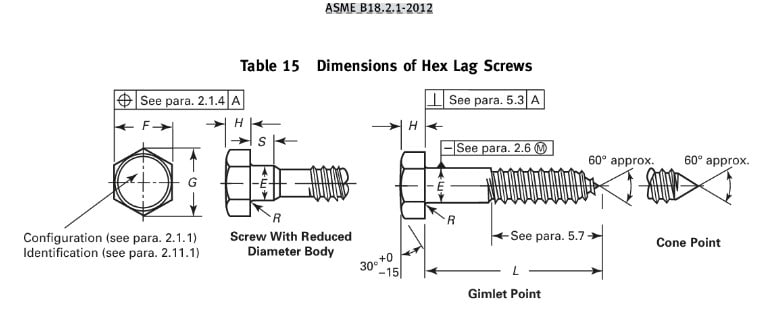UTvoler
Structural
- Oct 7, 2010
- 49
Hello friends and experts!
A water park facility that I do some consulting work for has some issues with rot in a few glulam beams. The building structure is glulam framing with a transparent panel roof. The beams in question are horizonal girt members located in the eave of the roof, ~16-ft above finish floor. It's a water park, so obviously serious humidity/moisture/chemical issues in general inside the facility. This particular area is located behind a large duct sock, there are no eave vents, and so very stagnant air/little to no air movement.
The roof panels are fastened to the glulam with stainless steel lag bolts, and the interesting thing is that the rot appears to have started internally at the lags. No signs of leaks from the roof, and just a few inches away from the rotted areas the moisture in the wood reads ~6%.
My best guess is the some form of condensation at the lags concentrating moisture in the wood? Recommendation is probably to replace in kind, but not sure on how to address the root cause of the issue.
Any thoughts on cause?
A water park facility that I do some consulting work for has some issues with rot in a few glulam beams. The building structure is glulam framing with a transparent panel roof. The beams in question are horizonal girt members located in the eave of the roof, ~16-ft above finish floor. It's a water park, so obviously serious humidity/moisture/chemical issues in general inside the facility. This particular area is located behind a large duct sock, there are no eave vents, and so very stagnant air/little to no air movement.
The roof panels are fastened to the glulam with stainless steel lag bolts, and the interesting thing is that the rot appears to have started internally at the lags. No signs of leaks from the roof, and just a few inches away from the rotted areas the moisture in the wood reads ~6%.
My best guess is the some form of condensation at the lags concentrating moisture in the wood? Recommendation is probably to replace in kind, but not sure on how to address the root cause of the issue.
Any thoughts on cause?

